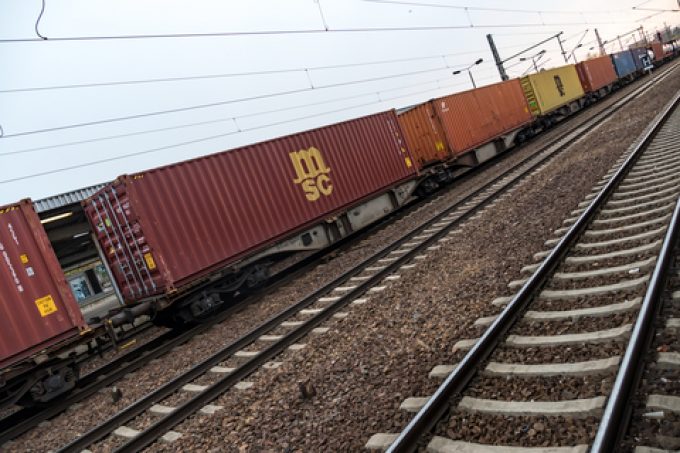Winners and losers in a year of unpredictability – but there was 'magic'
A clear trend of carriers, both air and ocean, being the ‘financial winners’ of 2024 ...

China-Europe rail freight rates have fallen in recent weeks, as have ocean prices, but demand appears to be holding up, due to port congestion in Europe.
The number of China-Europe freight train trips this year reached 10,000 on 21 August, according to the latest figures from ...

Comment on this article